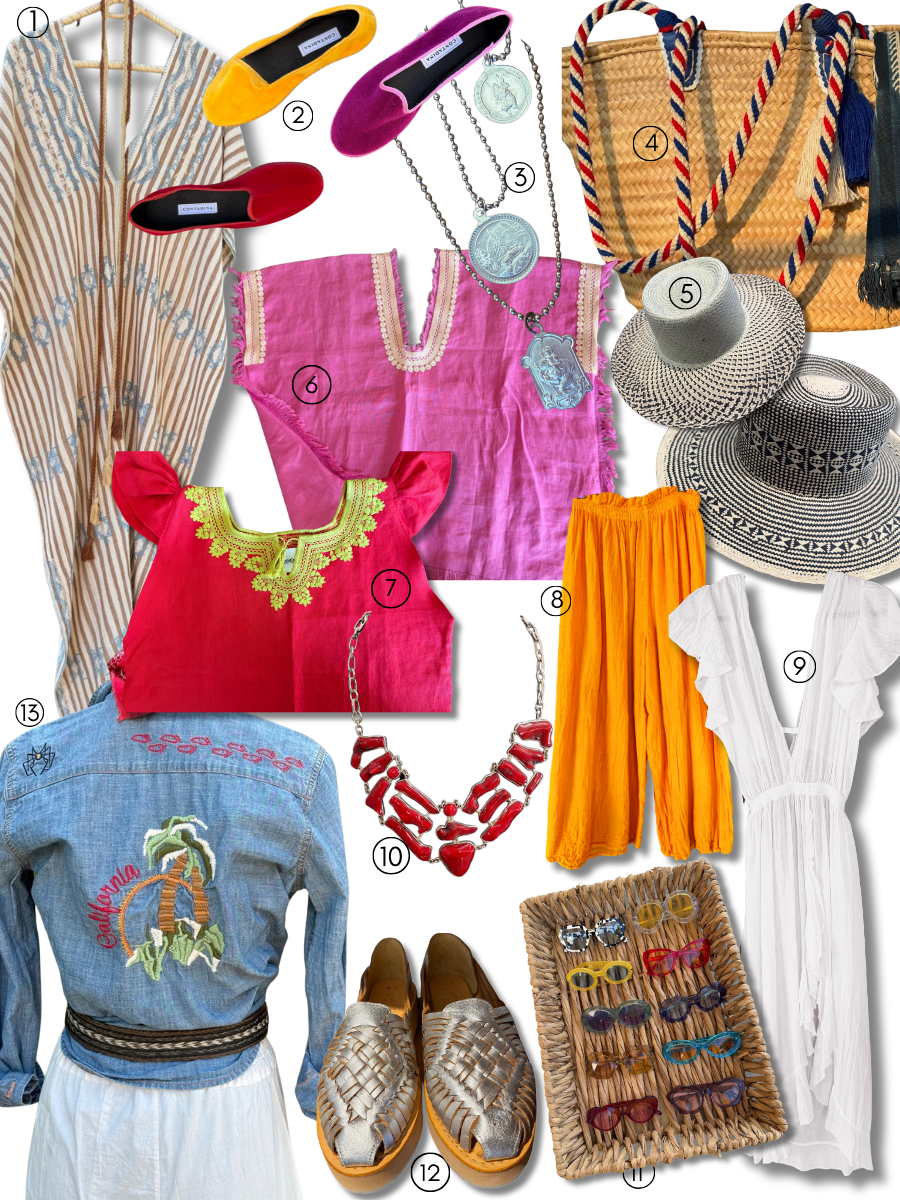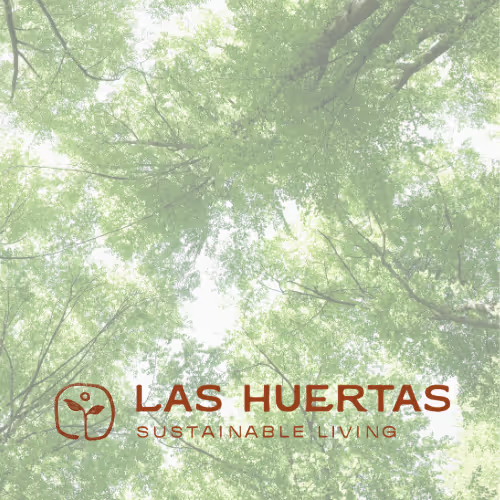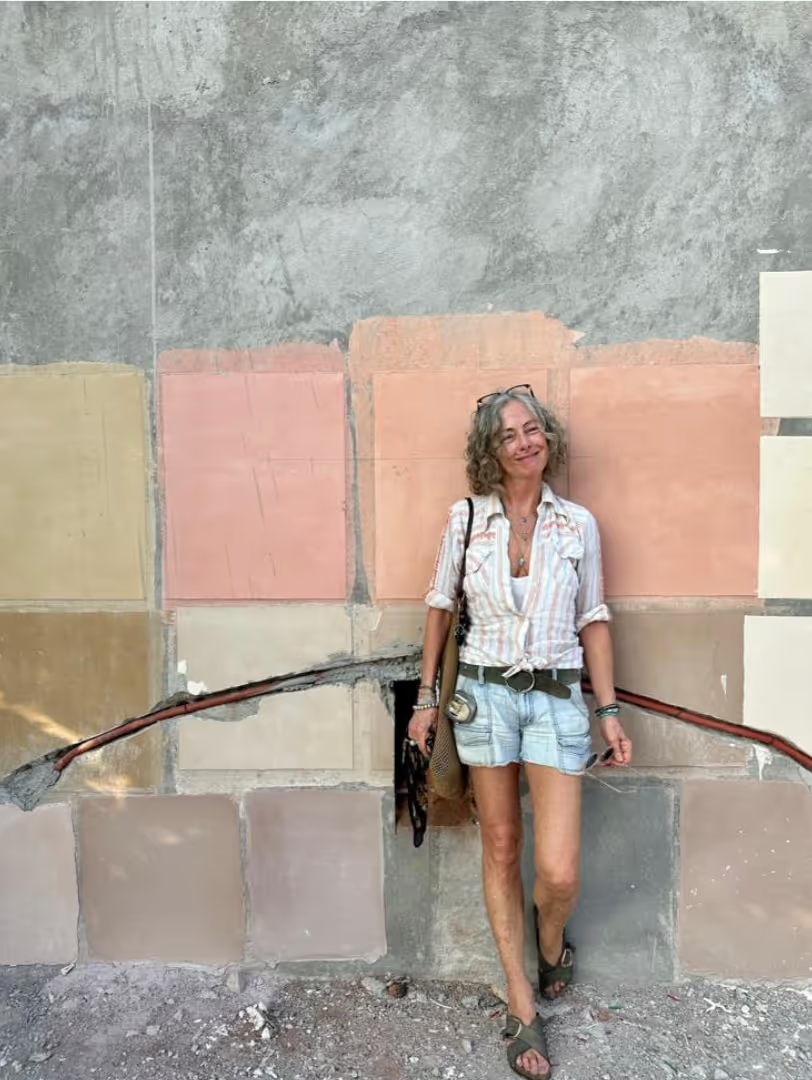Living With Nature: The Gentle Monsters Among Us
The first time most people see one, they freeze.
Eight legs, massive pincers, antennae like violin strings gone feral, an ancient horror movie prop come to life. But what you’re looking at isn’t a monster. It’s a tailless whip scorpion, known here in coastal Guerrero as madre de alacrán, scorpion’s mother. Despite the ominous name and even stranger looks, this creature is completely harmless to humans. No venom. No sting. No bite you’d ever feel. They look like they crawled out of prehistory, and in many ways, they did. Yet here they are, sharing our gardens, our walls, our nights.
%2013.13.24.avif)

Identification & Myth
The madre de alacrán is one of those creatures whose name alone tells you how it’s perceived, ancient, feared, and misunderstood. Technically, it’s an amblypygid, part of the arachnid family, but neither spider, nor scorpion. With eight spindly legs, two massive spined pedipalps (like pincers), and two elongated sensory limbs that sweep through the air like antennae, it looks like something designed by a fever dream.
Locals say they eat scorpions, and maybe they do. But even if it’s just myth, the belief gives them a kind of street cred. Not a predator to fear, but one to respect. In some places, they’re even kept as pets, low-maintenance, quiet, and useful insect hunters. You’ll find them hiding in the dark corners of sheds, under stones, in that quiet, damp space behind the laundry machine. That’s where I found this one.
Or rather, that’s where she lived. I’d known she was there for weeks. Never caused a problem. Just a presence. One day, I coaxed her gently onto my hand, brought her into the light, photographed her... and returned her home.
Behavior & Ecology
At night, when most creatures rest, the madre de alacrán comes alive, silent, elegant, fast. She doesn’t stalk like a cat or lunge like a spider. Instead, she feels her way through the dark, her front legs evolved into long, delicate whips that sway in constant motion, reading vibrations in the air, the ground, even the breath of nearby prey.
She moves with eerie precision, almost like a machine—sudden bursts of speed, a freeze, a shift of those armored claws. Her favorite meals are small insects: cockroaches, crickets, termites, and yes… scorpions, if the myth holds true. And honestly? Let it. Every culture needs a legend that defends the home, and if this creature earns affection for feasting on the very thing people fear more then so be it.
What makes her even more fascinating is her gentleness. Those fierce claws? They’re not for humans. She won’t bite. Won’t sting. She’d rather vanish into a crack in the wall than challenge you. She’s not hunting us. She’s just part of the rhythm, quiet, useful, old as dust.

Living With Us
Most encounters happen by accident. You move a bucket. Open a door. Shake out a towel, and suddenly there she is, a spindly shadow scrambling for cover. Your heart jumps. Hers, too, if she had one like ours.
But here’s the truth: she’s not here for you. She’s with you. Sharing your walls, not invading them. She’s after the pests you don’t see until it’s too late. And if you let her be, she’ll do her work and vanish again without a sound.
Holding one feels like holding motion itself. Those fine, hair-like whips brush your skin as if tasting your shape. The legs are light, the grip cautious. It’s like she’s aware of how humans react to her, how fragile the peace is between fear and understanding. In my case, it wasn’t fear. It was familiarity. Respect.
I brought her out gently, photographed her in the morning light, and returned her to her corner in the laundry room. She’s still there, I think. A silent tenant. I don’t charge rent.
The Unexpected Intimacy of Wild Things
For all their alien elegance, madres de alacrán are far more than solitary shadows. The females carry their eggs in a sac attached beneath their abdomen, and when the young hatch, they climb onto her back, tiny, pale versions of her, clinging like living jewelry. There, they ride in silence, learning the rhythm of her movements. In some species, mothers and offspring even seem to communicate, gently touching with those long, whip-like sensory legs. They stay with her until their first molt, then scatter into the world to begin their own quiet lives in the crevices around us.
It’s a strange kind of tenderness. Unseen. Uncelebrated. And yet, it’s happening just behind your broom closet, or beneath that garden stone. This isn’t just a creepy crawly, it’s a mother, a hunter, a survivor of deep time. One of the oldest forms of life still walking among us, asking nothing more than space to exist.
Living with nature doesn’t always mean butterflies and birdsong. Sometimes it means choosing not to kill what you don’t yet understand. Sometimes it means letting the monster live, and discovering it never was one to begin with.


.avif)





